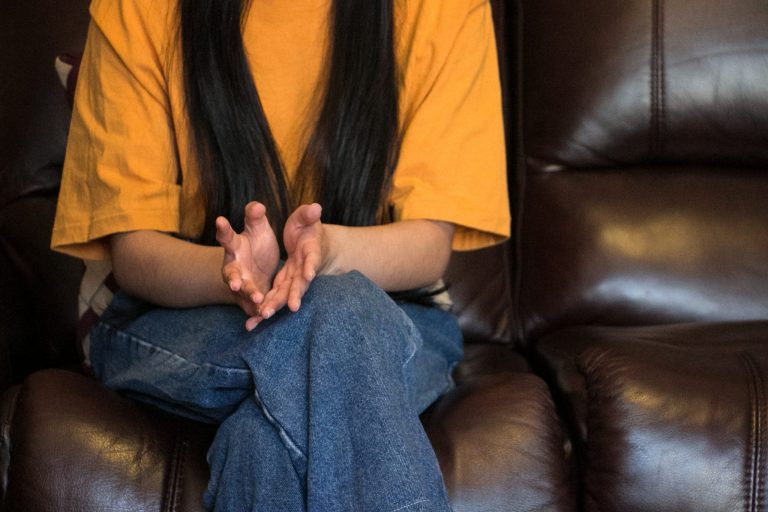How often do we find ourselves in a situation of wanting to help a person in pain? Sometimes it’s easy, like with my five-year-old who falls and hurts her knee — picking her up in a hug, offering comforting words and gestures. I clean the wound and place a band-aid over it, and off she goes on new adventures. However, it is not always that straightforward, or is it?
In my professional life, I often meet people who suffer a lot, not from physical pain, but from the pain of the mind and soul. These people have taught me more about the concept of help than any book ever could.
As a therapist, when a client feels mental pain, I feel a change of vibe in the room. I may see a subtle change in their face, body posture or the person may even tell me directly that they do not feel seen. I’ve often realized that I have been of no help in settling their pain.
Over my career, I’ve learned that many others outside my profession have experienced this as well. Here’s what I have learned on the matter of helping others.
The actions I take with my five-year-old daughter are not such a bad place to start when it comes to easing someone’s pain. Extensive research in the field of psychology shows that the simple act of holding space for others to express themselves has a dramatic impact on how well they can cope with, and build resilience in their life.
In the book The Power of Showing Up, by medical doctor Daniel J. Siegel and psychotherapist Tina Payne Bryson, we gain a greater understanding of how holding space for others to express themselves, may lead to greater life qualities for that person.
Siegel and Bryson define ‘showing up’ as the action of “bringing your whole being, your attention and awareness” when in the presence of another person, and through that making yourself “mentally and emotionally present” and available for that person.
Their four practices of showing up are: making another person feel safe, seen, soothed and secure.
People become resilient, not because they are an especially strong human being who has toughened up and pulled themselves together — they become resilient because they have the opportunity to be safe, seen, and soothed.
Feeling safe is crucial for a person to access the parts of the brain where their consciousness can focus their attention, regulate their own emotions, plan for the future, foresee the consequences of their actions and solve problems.
A person needs to feel safe to be able to connect with their pain from a place where they can be explorative and find ways to live with or solve their problems.
When a human being is seen, they are given an opportunity to see themselves, and to relate to what they are experiencing. They are also taught how to see others, and become more self-aware.
The greatest value of showing up for a person in pain is that they will not have to suffer alone. In my experience, a big part of what is scary about feeling mental pain, or any pain, is the fear of getting overwhelmed by it.
This fear of being overwhelmed is well captured by the author Kobi Yamada in his children’s book What Do You Do with a Problem? He writes:
“I started to worry about my problem. What if it swallows me up? What if my problem sneaks up and gets me? What if it takes all of my things?”
The little boy in the story, who has these worries, tries to hide from his problem. Some problems are like that — too big to be alone with. However, soothing words, soft touch, and a willingness to carry a little of the pain together will make it much easier for others to face difficulties. This allows our suffering to teach us, or as Yamada writes:
“When I got face-to-face with it, I discovered something. My problem wasn’t what I thought it was. I discovered it had something beautiful inside. My problem held an opportunity! It was an opportunity for me to learn and to grow. To be brave. To do something.”
When your loved one, a friend or a stranger reveals they are in pain, showing up with bravery to give them shelter, safety and validation — empowers the person to find their way themselves.
And from that, they can learn to navigate similar pain themselves, returning to secure spaces with you when they are overwhelmed. In time, those in pain become more self-loving, self-reflective and safe within themselves.

